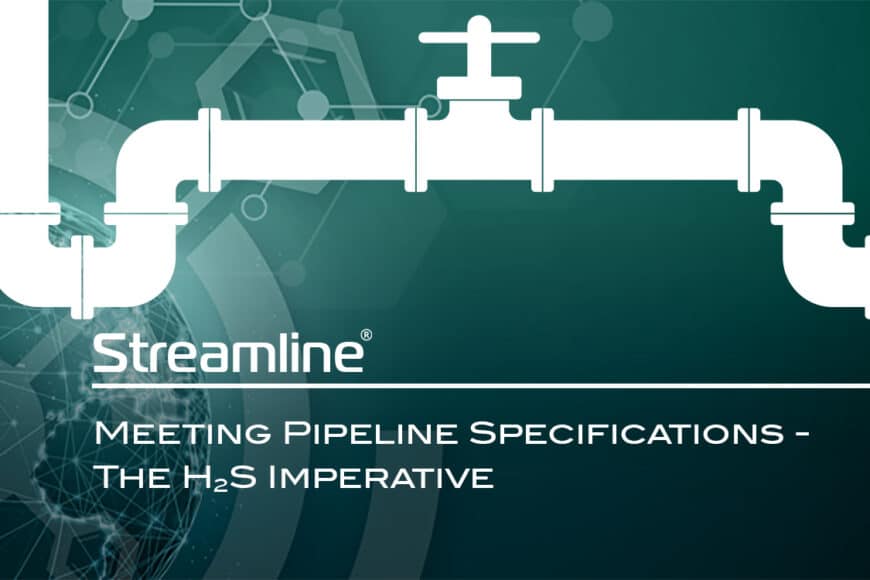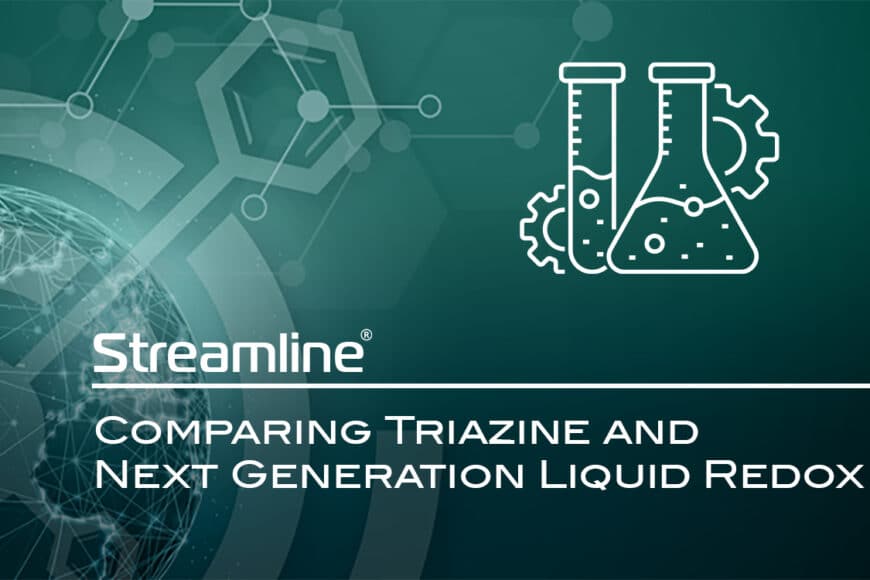The world’s population continues to grow, driving future energy demand higher. In addition, as more societies across the globe become more prosperous, they tend to adopt a more energy-intensive lifestyle. As we noted in our blog article, Gas Treating Solutions for Renewable Natural Gas, a growing human population is anticipated to have an increasingly significant impact on the generation of emissions associated with climate change:
The World Bank forecasts solid waste will increase nearly 70% by 2050, as the world population grows. Landfills are significant sources of methane emissions. An article in Science Advances describes using satellite imagery and analysis to estimate that landfills are the third largest source of methane emissions globally, trailing oil & gas systems and agriculture.
Capturing the methane produced by landfills and agricultural operations and using it as an energy source represents a unique opportunity to both meet future energy needs while reducing the impact of emissions.
Against this backdrop, Renewable Natural Gas (RNG) is expected to play an important role in providing affordable and reliable energy to a growing global population.
The H2S Treating Imperative for Biogas-to-RNG Upgrading
The U.S. Environmental Protection Agency (EPA) defines RNG as “…anaerobically-generated biogas that has been upgraded (or refined) for use in place of fossil natural gas. Raw biogas typically has a CH4 content between 45 and 65 percent, depending on the source of the biogas, and must go through a series of steps to be converted into RNG.”
Commercial pipelines typically require natural gas to have methane (CH4) content ranging between 85% to 95%, with the remainder typically consisting of Natural Gas Liquids (NGLs), such as ethane, butane, and other substances. Some pipelines are more stringent than others.
Since raw biogas typically has methane content between 45-60%, it must be upgraded to meet pipeline quality specifications. This biogas-to-RNG upgrading process involves removing a myriad of contaminants, including hydrogen sulfide (H2S), water, oxygen, carbon dioxide, siloxanes, and other substances.
H2S is one of the most common contaminants of biogas sourced from Anaerobic Digesters and Landfills. It is highly corrosive to metal pipelines, valves, and other equipment, making it an imperative to keep H2S out of the natural gas distribution system to avoid the risk of a catastrophic failure.
Commercial Pipeline Specifications for H2S
The U.S. Energy Information Agency (EIA) reports that there are approximately 210 natural gas pipeline systems with approximately 3 million miles of mainline and other gas pipelines in the nation’s pipeline infrastructure linking producers with consumers.
Each of these pipelines has specification for natural gas, mandating ranges for gas composition, including levels of H2S.
Sources providing insight into H2S levels for pipeline quality gas include:
- Penn State University lists typical natural gas composition specifications in its Petroleum Processing course, and notes in its Specifications for Pipeline Quality Gas the amount of H2S must be at “trace levels” ranging between 0.25 and 0.3 grains per 100 standard cubic feet.
- As previously noted in our article Gas Treating – Processing Solutions for Multiple Industries, the University of Texas found that the interstate pipeline specifications for H2S range between 0.25 grains per 100 standard cubic feet to 1.0 grains.
- Pacific Gas & Electric specifies that for its pipeline system, natural gas from California gas wells and received from out of state sources “…shall contain no more than 0.25 grain (4 ppm) of hydrogen sulfide per one hundred standard cubic feet.”
Biogas and Landfill Gas operators need a flexible, sustainable, and cost effective method for removing H2S for upgrading their gas feedstocks to valuable RNG.
Liquid Redox Solution for Removing H2S in Biogas-to-RNG Upgrading
The VALKYRIE® H2S removal system from Streamline Innovations utilizes a Liquid Redox process for converting H2S into elemental sulfur and water vapor. VALKYRIE next generation Liquid Redox employs TALON® chemistry, our non-toxic, biodegradable chemistry to remove H2S and convert it into elemental sulfur (Reduction) and then regenerated and used again by exposure to oxygen (Oxidation).
Benefits of the VALKRYIE gas treating system:
- A green solution that converts H2S into benign substances including water and elemental sulfur
- Universal application for biogas, landfill gas and oil and gas production
- Widest operating envelope of any H2S Treating method extending across the full spectrum of pressures, flow rates and H22S concentrations
- Treating to established specifications for sales pipelines, gas lift and fuel gas
- Flexibility of placement along the production stream whether at the anaerobic digester, at a landfill, wellhead, refinery, in a direct or tail gas treating configuration
- High turndown
- Specialize in meeting the most stringent outlet specifications
- Made in the USA
VALKYRIE H2S treating technology gives biogas and landfill gas producers a smart, economical and sustainable method for H2S removal in the Biogas-to-RNG upgrading process.
Contact us today to learn more about Next Generation Liquid Redox H2S treating technology and determine if the VALKYRIE system is right for your operation.
Citations and Resources
U.S. Environmental Protection Agency, An Overview of Renewable Natural Gas from Biogas, July 2020.
PennState University, Natural Gas Composition and Specifications.
U.S. Energy Information Agency, Natural Gas Explained, Natural Gas Pipelines.
U.S. Energy Information Agency, About U.S. Natural Gas Pipelines – Transporting Natural Gas.
Pacific Gas & Electric, California Gas Transmission – Pipeline Ranger – Sulfur.


